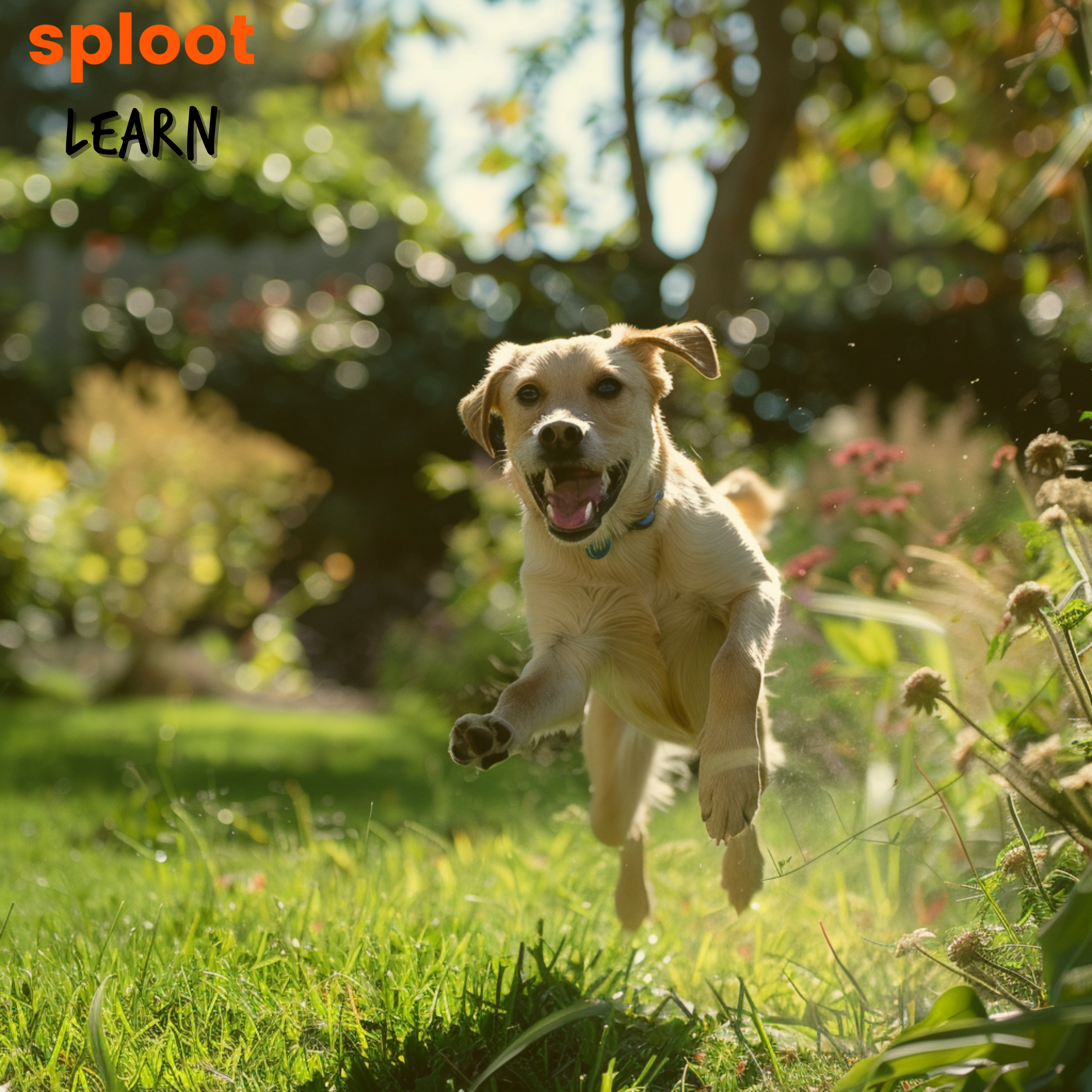Creating a Dog-Friendly Garden: Tips for Better Outdoor Living

For dog owners, providing a safe and stimulating outdoor environment is as crucial as ensuring a cozy indoor space. A dog-friendly garden not only allows your furry friend to explore and play safely but also gives you peace of mind. Transforming your garden into a canine haven doesn't have to be a daunting task. This blog offers practical tips for creating an outdoor living space that caters to the needs of your four-legged family members, enhancing your and your dog's enjoyment of the great outdoors.
1. Safe Plants, Safe Pups
The foundation of a dog-friendly garden is non-toxic flora. Many common garden plants, including lilies, azaleas, and tulips, are poisonous to dogs. Research and select plants that are safe for canines to ensure that your garden is a safe place for your dog to sniff and explore. Consider adding dog-friendly herbs like rosemary and thyme, which are non-toxic and can add to the sensory experience for your dog.
2. Secure Fencing for Safe Exploration
A secure perimeter is essential to prevent adventurous pups from wandering off. Check fences for potential escape routes and ensure gates are securely latched. The fence should be tall enough to deter jumpers and solid at the base to stop diggers. Consider incorporating a see-through section or a low window for dogs that like to watch the world go by, ensuring they can do so safely.
3. Shade and Shelter
Just like humans, dogs need protection from the elements. Ensure there are shaded areas where your dog can rest on hot days, and consider a waterproof shelter for rainy weather. A doghouse or a shaded patio can provide a comfortable retreat from sun and rain, allowing your dog to enjoy the garden in all weather conditions.
4. Paths and Patrol Routes
Dogs often enjoy patrolling their territory. Creating paths can encourage this natural behavior, providing them with a designated route to follow. Use materials that are gentle on paws, and avoid sharp gravel or hot surfaces that could cause discomfort.
5. A Place to Dig
Many dogs have a natural instinct to dig. Rather than trying to curb this behavior entirely, provide a designated digging area, such as a sandpit, where your dog can indulge without ruining your flower beds. Burying toys or treats in the area can encourage your dog to use this spot for their excavations.
6. Water Features for Fun and Hydration
If space allows, a shallow pond or splash pool can be a great addition to a dog-friendly garden, offering a place for your dog to cool off in the summer. Ensure that any water features are safe for dogs to enter and exit easily. Additionally, always have fresh drinking water available to keep your dog hydrated during outdoor play.
7. Outdoor Toys and Agility Equipment
Consider adding outdoor toys and agility equipment to encourage exercise and mental stimulation. Simple agility courses, durable toys, and interactive games can provide endless entertainment for your dog, keeping them physically and mentally engaged.
8. Toxin-Free Lawn Care
Finally, ensure that your garden maintenance practices are safe for dogs. Opt for organic, pet-safe lawn care products, and avoid using pesticides and herbicides that could harm your dog. Always store garden tools and chemicals out of reach to prevent accidents.
Conclusion
Creating a dog-friendly garden is about balancing aesthetics with functionality, ensuring that your outdoor space meets the needs of all family members, including the furry ones. With some planning and creativity, you can transform your garden into a safe and enjoyable haven for your dog, enhancing your outdoor living experience and strengthening the bond with your canine companion. By incorporating these tips, you'll ensure that your garden is not just beautiful but also a joyful and secure place for your dog to play, explore, and relax.

